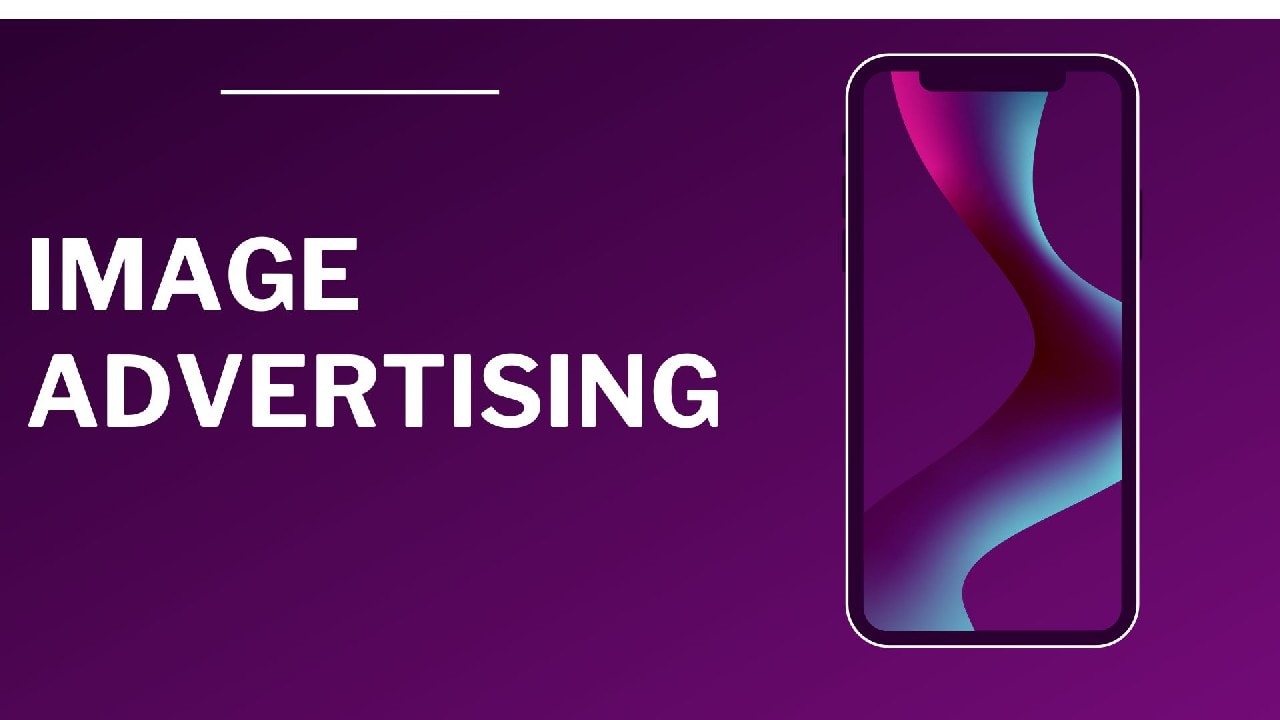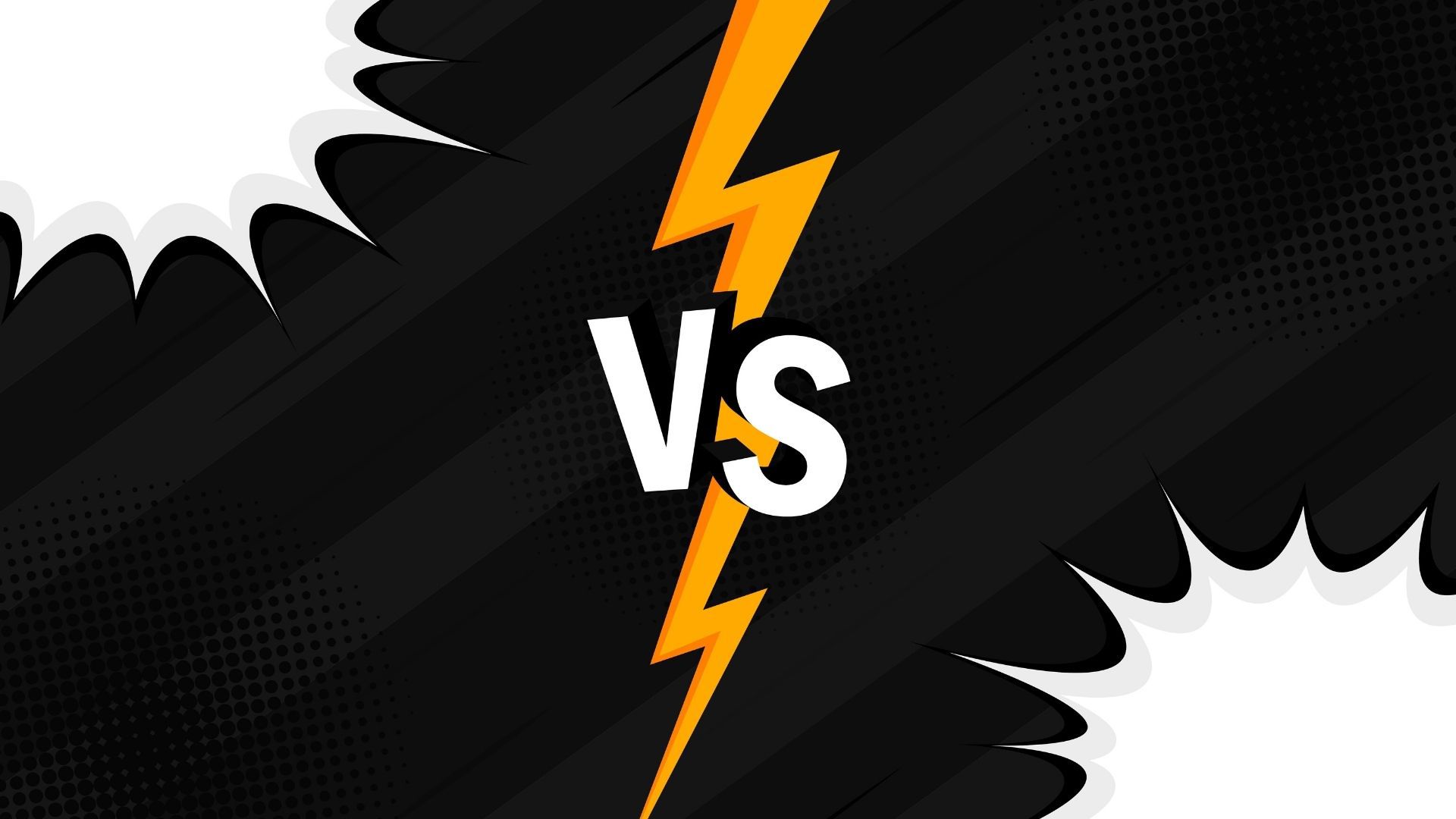Models of Advertising Scheduling
Models of Advertising Scheduling
Scheduling directly refers to the patterns of time in which the advertisement is going to run. It helps fixing up the time slots according to the advertiser so that the message to be delivered will reach target audience in a proper way with proper timings. There are basically three models of advertising scheduling as follows:
- Continuity: This model is very good option for the products or services which don’t depend on season for advertisements. They run ads whole year round. The advertisements under this type run at regular and fixed intervals. The main advantage here is reminding about your products to the customers continuously. This model helps maintain a continuous and complete purchase cycle. This is a best model for the products having continuous demand all the year round. There can be a Rising Continuity in which some specific products are been advertised in the peak seasons for e.g. floaters are advertised more in rainy season while some products fall under a Falling Continuity in which either ads for new products are run or if there is any other change in the existing product. E.g. packaging of Pediasure, a kid’s health drink is recently changed.
- Flighting: This model is also called bursting. As the name suggests, this an absolute season based products model. The ads here run at very irregular intervals. Advertisements are for very shorter periods and sometimes no ads at all. The ads are in concentrated forms. So, the biggest advantage here is there is very less waste of funds as the ads run only at the peak time when the product demand is on high. Television and radio are the most used media types in this method. So the advertisers who cannot afford the year long ads, this is a best option. E.g. ads for warm clothes in Indian Market.
- Pulsing: This model is the combination of both continuity and flighting scheduling. Here, ads run whole year round but at a lower sidxe that means less ads, and heavy advertisements are preferred at the peak time. So this model has advantages of both the other models. Generally scheduling is fixed for a month. There are six types of scheduling method here.
- Steady pulse has fixed schedule for 12 months.
- Seasonal pulse has bunches of ads season wise.
- Period pulse regular basis ads.
- Erratic pulse refers to irregular ads normally used for changing old patterns.
- Start up pulse is used for new product with heavy advertisements.
- Promotional pulse refers to short period single use ads used basically for promoting products or events.
Using this interface, you can set the time periods in which you want to run your campaign. Then click OK button.
Thus, points to remember while scheduling an advertisement are:
- Selecting a proper media type for running ads
- Selecting a correct time for running ads so that the purpose is solved.
- Advertisements should be sufficient enough (in number) to deliver the message to the target.








